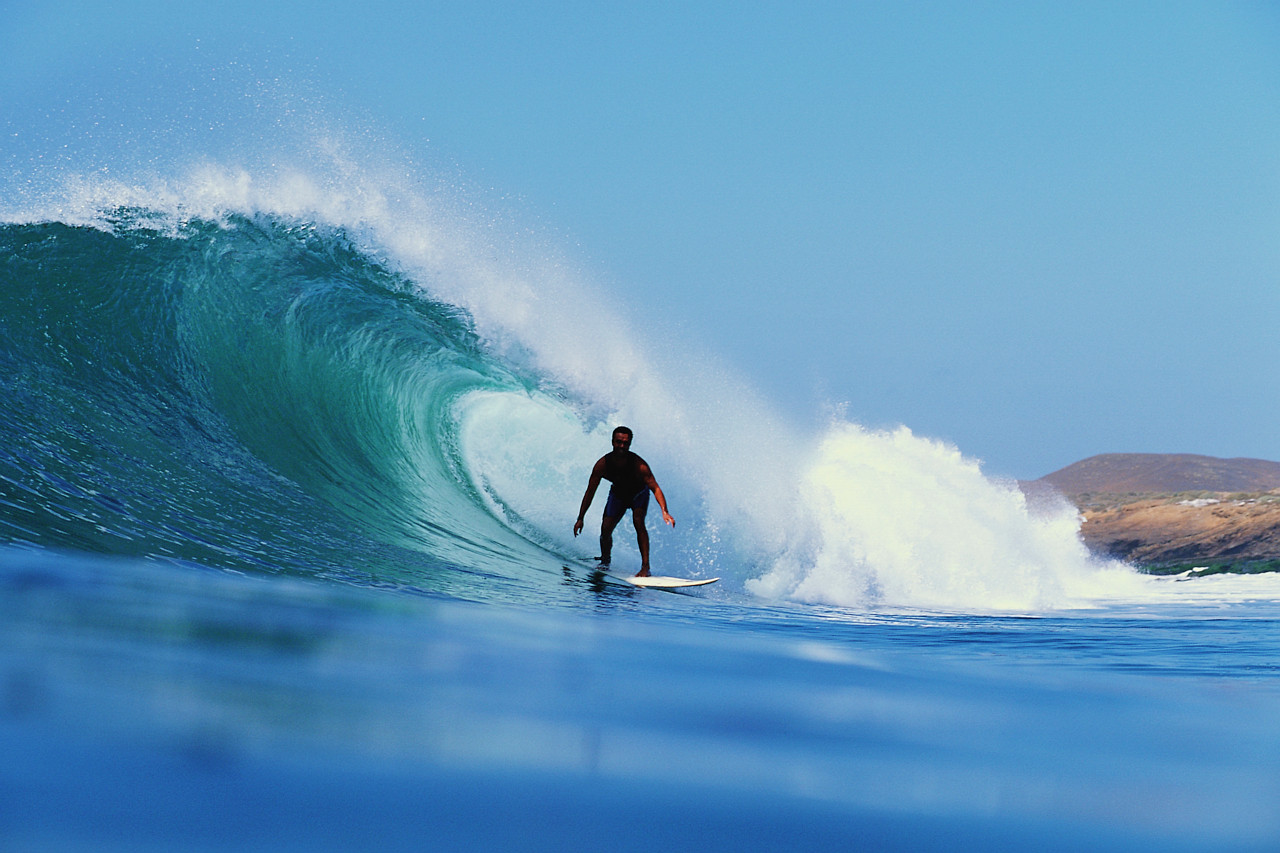Travel
5 Tips For Surf Safety

 Surfing in Costa Rica is an unforgettable experience. It’s one of the surfing fraternity’s favourite destinations.
Surfing in Costa Rica is an unforgettable experience. It’s one of the surfing fraternity’s favourite destinations.
But what they will always spend lots of time on at all Costa Rica surf camps is safety. There are riptides, sharp reefs, and idiots to deal with.
You must learn to spot the dangers and act in a responsible manner to make sure your adventure doesn’t turn sour.
Here are five prime surfing safety tips to hold close during any Costa Rica travel endeavour.
1. Watch Out for Others
Unless you’re lucky enough to surf somewhere where you have the whole beach to yourself, you have to consider others. Make sure you know where they are at all times.
Purposely look around and monitor where everyone is before hitting another wave.
Before swimming out to catch a wave, make sure your board isn’t between another surfer and the tide.
It’s an easy way to collide with someone else. Try to remain at least 15 feet from your fellow surfers.
2. Take a Buddy
Costa Rica travel operators will tell you about how safe the country is in the 21st century.
Although Central America has worked to make a safe place for visitors from around the world, this doesn’t mean there are no threats.
Just as you wouldn’t travel alone to a neighbourhood you didn’t know back home, take someone to the beach with you.
They can call for help if you get into trouble, and vice-versa. It’s also cool to have someone to share your surf experiences with!
3. Falling Off
Falling off your board is inevitable sometimes. A Costa Rica surf camp can teach you how to reduce the amount of times you fall.
Still, you’ll never completely cut the risk of falling from your board.
When you do fall, it’s important to act in the right way so you don’t injure yourself and other surfers.
When you fall, cover the back of your head and ears with your hands and arms. Stay under the water for a few extra seconds before resurfacing.
This makes sure you don’t get hit in the face by an oncoming wave and potentially injured.
When you come up, look for your surfboard. Loose boards can trip over surfers and injure swimmers. If you’re not confident in your surfing ability, invest in a leash.
4. Research Your Spot
Research your spot and become aware of the right times to surf. Sometimes, you’ll see flags on the water. This means you shouldn’t surf because the currents are treacherous.
It’s also a good idea to research your spot to check on the hazards for surfers and the type of waves.
You don’t want to tackle a stretch of water beyond your current skill level.
5. Stay in Range
Only you know how much you can handle before surfing becomes uncomfortable. Surfing in Costa Rica has waves which range from the very small to the famous breaks of Salsa Brava.
Don’t move up to the next level unless you feel ready. The biggest cause of surfer injury and death is beginners surfing on waters they aren’t prepared for.
Featured images:
License: Image author owned
Geoff McCabe always puts safety first at the Anamaya Costa Rica Surf camp
-

 Tech11 years ago
Tech11 years agoCreating An e-Commerce Website
-

 Tech11 years ago
Tech11 years agoDesign Template Guidelines For Mobile Apps
-

 Business6 years ago
Business6 years agoWhat Is AdsSupply? A Comprehensive Review
-

 Business10 years ago
Business10 years agoThe Key Types Of Brochure Printing Services
-

 Tech8 years ago
Tech8 years agoWhen To Send Your Bulk Messages?
-

 Tech5 years ago
Tech5 years ago5 Link Building Strategies You Can Apply For Local SEO
-

 Law5 years ago
Law5 years agoHow Can A Divorce Lawyer Help You Get Through Divorce?
-

 Home Improvement6 years ago
Home Improvement6 years agoHоw tо Kеер Antѕ Out оf Yоur Kitсhеn































